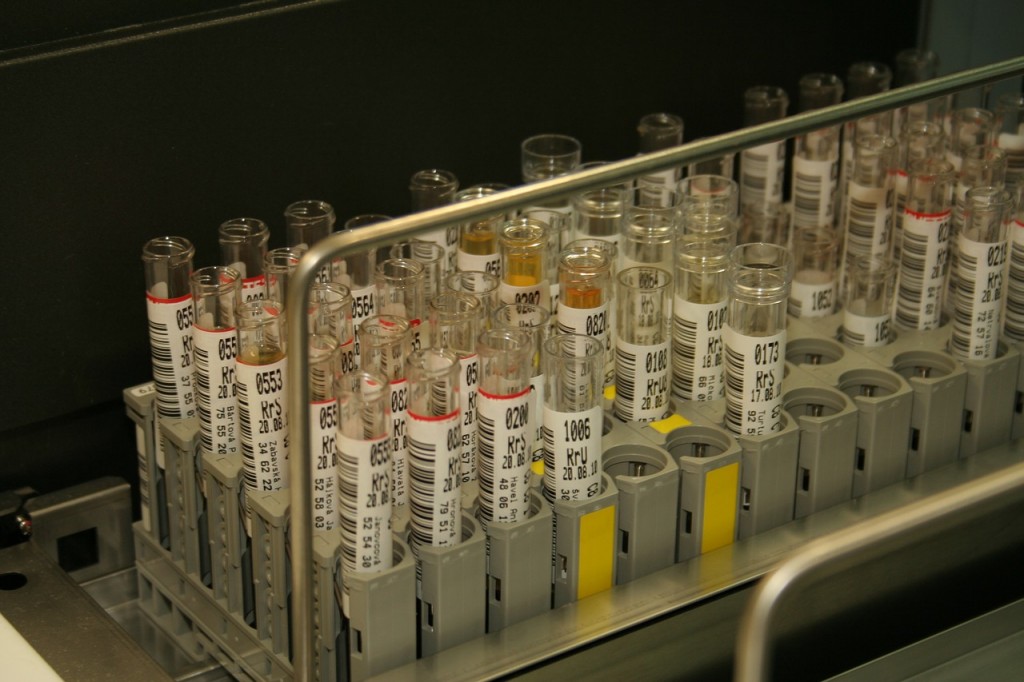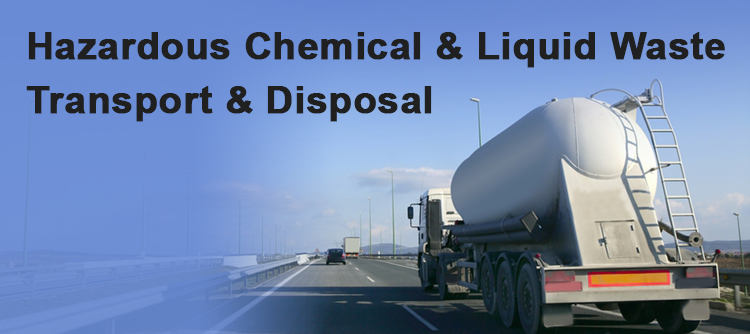Leading Industrial Wastewater Treatment Solutions: Making Sure Conformity and Efficiency
Leading Industrial Wastewater Treatment Solutions: Making Sure Conformity and Efficiency
Blog Article
Just How Fluid Waste Disposal Functions: A Comprehensive Summary of Strategies and Technologies Used

Review of Fluid Waste Types
The intricacy of liquid waste kinds requires an extensive understanding of their attributes and effects for disposal. Fluid waste can generally be categorized right into numerous types, including commercial, metropolitan, farming, and contaminated materials. Each category exhibits distinctive residential or commercial properties, calling for particular monitoring approaches to reduce ecological and wellness dangers.
Industrial fluid waste originates from producing processes and usually consists of an array of contaminants, such as heavy metals, solvents, and organic compounds. Local fluid waste, mainly consisting of wastewater from households and commercial establishments, includes natural issue, nutrients, and virus (industrial wastewater treatment). Agricultural fluid waste, consisting of overflow from ranches, might have plant foods, chemicals, and pet waste, presenting risks to water high quality and communities
Harmful fluid waste is defined by its toxicity, reactivity, or potential to trigger harm. Understanding these varied liquid waste kinds is vital for establishing reliable disposal methods and making certain compliance with ecological guidelines.
Physical Treatment Approaches

Testing is the first action, where bigger fragments and debris are gotten rid of from the fluid waste using screens or grates. In sedimentation containers, much heavier bits clear up at the bottom, creating a sludge layer, while the cleared up liquid can be additional treated.
Purification is another vital technique that entails passing the fluid via porous products, such as sand or membrane layers, to record smaller sized particles. This step enhances the top quality of the liquid, making it suitable for succeeding treatment processes.

Chemical Therapy Techniques
Chemical therapy techniques are vital for effectively managing liquid waste, specifically in dealing with dissolved and colloidal pollutants that physical techniques might not effectively eliminate. These strategies make use of various chemical agents to reduce the effects of, precipitate, or transform harmful materials into much less hazardous types.
One common method is coagulation and flocculation, where chemicals such as alum or ferric chloride are included in advertise the aggregation of suspended fragments. This process improves sedimentation, enabling easier elimination of the resulting sludge. Furthermore, oxidation procedures, employing representatives like chlorine or ozone, are employed to damage down complicated organic compounds and virus, rendering the waste much safer for discharge or more therapy.
Neutralization is an additional crucial method, which adjusts the pH of acidic or alkaline waste streams to neutral levels, protecting against prospective injury to downstream systems and the setting. In addition, advanced oxidation procedures (AOPs) use mixes of oxidants and ultraviolet light to degrade persistent pollutants, accomplishing a greater level of treatment effectiveness.
Organic Therapy Processes
Biological treatment processes play an important duty in the monitoring of fluid waste by utilizing microorganisms to disintegrate raw material and decrease pollutant degrees. These processes can be extensively categorized right into anaerobic and cardio therapies, each using certain microbial areas to accomplish effective waste deterioration.
Aerobic treatment includes the use of oxygen to facilitate the breakdown of natural materials by bacteria. This process is generally executed in triggered sludge systems, where aeration containers offer a helpful setting for microbial growth, leading to the oxidation of organic toxins. The resultant biomass can be separated from treated effluent with sedimentation.
In contrast, anaerobic treatment occurs in the lack of oxygen, depending on various microorganisms more to break down natural matter. This method is particularly advantageous for high-strength waste, as it creates biogas, an eco-friendly power source, while lowering sludge production. Technologies such as anaerobic digesters are regularly utilized in municipal and commercial applications.
Both anaerobic and aerobic biological therapies not just reduce the environmental impact of fluid waste yet likewise facilitate source healing, making them vital components of lasting waste administration techniques. Their performance, performance, and adaptability sustain their extensive implementation across various fields.
Arising Technologies in Disposal
Innovative techniques to fluid garbage disposal are rapidly evolving, driven by developments in innovation and a my link raising focus on sustainability. Among these arising modern technologies, membrane layer bioreactors (MBRs) have actually gotten grip for their ability to combine biological treatment with membrane layer filtering, resulting in top quality effluent that can be recycled in different applications. MBRs enable smaller sized footprints and much more effective operations contrasted to conventional systems.
An additional encouraging growth is using anaerobic food digestion integrated with nutrient recovery modern technologies, which not only treats liquid waste yet additionally generates biogas and recuperates useful nutrients like nitrogen and phosphorus. This dual advantage boosts source performance and reduces ecological influence.
In addition, advanced oxidation processes (AOPs) are being embraced for the destruction of complicated natural toxins. These approaches utilize powerful oxidants and stimulants to break down pollutants at the molecular degree, using an extremely effective remedy for tough waste streams.
Furthermore, the integration of man-made knowledge and artificial intelligence in waste management systems is maximizing functional effectiveness and predictive maintenance, leading to minimized prices and improved ecological conformity. These technologies mirror a substantial change towards even more effective and lasting liquid waste disposal practices.
Final Thought
In final thought, effective fluid garbage disposal necessitates a detailed understanding of different methods and modern technologies. The assimilation of physical, chemical, and Homepage organic therapy approaches makes sure the efficient administration of diverse waste kinds. Additionally, the development of cutting-edge innovations enhances therapy efficacy and advertises sustainability in waste management practices. By continuously advancing these methods, it becomes possible to attend to the growing obstacles connected with liquid waste, ultimately adding to environmental management and source recuperation.
Fluid waste disposal is an essential element of environmental management, calling for an extensive understanding of numerous strategies and innovations tailored to different waste types. Fluid waste can generally be categorized into several types, including commercial, local, agricultural, and unsafe waste. Agricultural fluid waste, consisting of drainage from farms, might consist of fertilizers, pesticides, and animal waste, posturing threats to water quality and ecological communities.
Numerous physical therapy approaches play an important role in taking care of liquid waste efficiently - industrial wastewater treatment.In final thought, reliable liquid waste disposal demands an extensive understanding of various strategies and technologies
Report this page